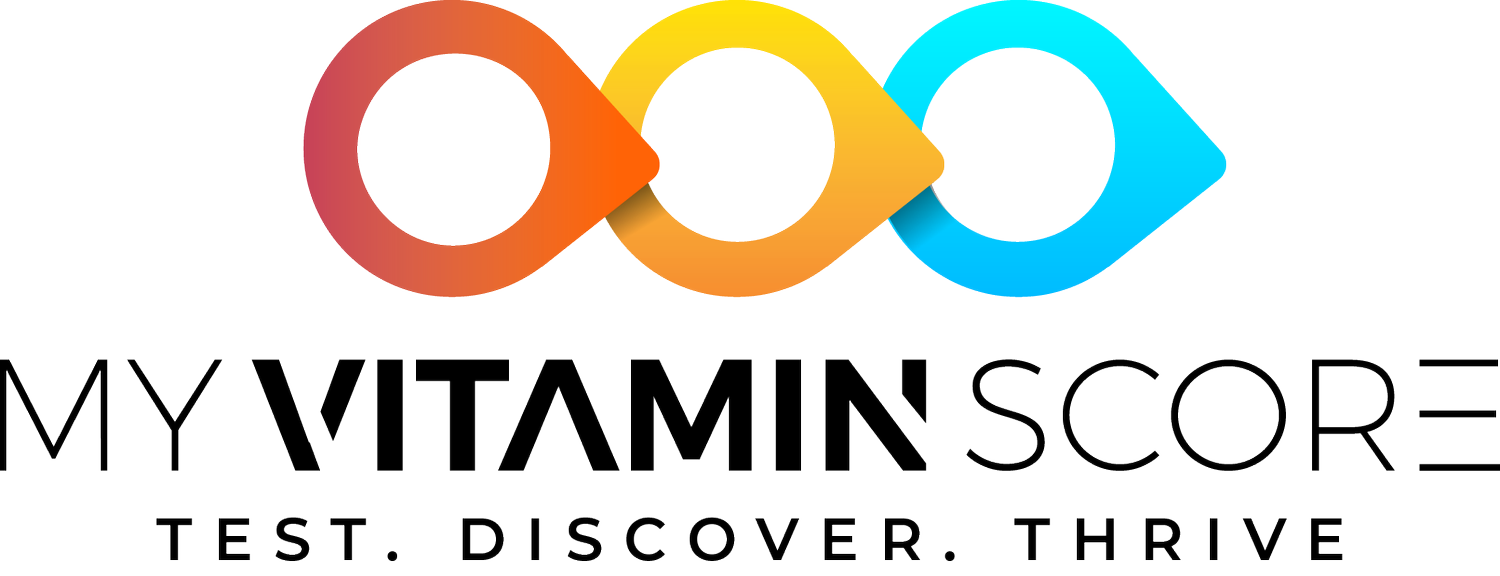Vitamin and Mineral Confusion
Understanding which vitamins and minerals you need can be confusing. We are left to guess about which ones we need and guessing isn’t scientific or accurate.
Most people are deficient in key nutrients and don’t even know it.
Although we don’t see the outright depletionary diseases that we did hundreds of years ago, like Scurvy, Pellagra and Beriberi, however, micronutrient inadequacies are not only common in the United States and other developed countries, but affect 9 in 10 people. Such inadequacies occur when micronutrient intake is above the level associated with outright deficiency or depletion but below dietary intake recommendations
Click to enlarge
It’s worse than you think.
Data from the CDC-funded nutritional surveys (NHANES) speaks volumes. These nutritional surveys investigate the dietary intakes of tens of thousands of individuals, and assesses their vitamin and mineral intake as it compares to the Estimated Average Requirement or EAR.
Knowing that 92% of people are inadequate is alarming, but documenting and observing the extent of the inadequacy is truly eye-opening (see image).
The right-most column indicates the percentage of the population not meeting the EAR for the indicated vitamin or mineral. A high percentage indicates a greater number of people not meeting the EAR.
What the survey fails to mention is why the intakes are measured against the EAR. The EAR, or Estimated Average Requirement, is the level of vitamin intake that is expected to result in deficiency for 50% of the population. This may seem absurd, but it is indeed true.
